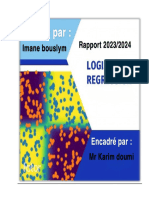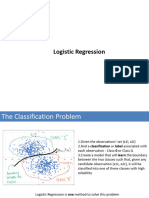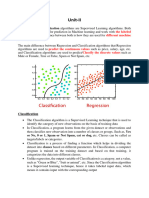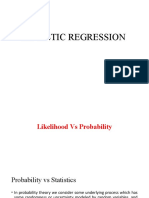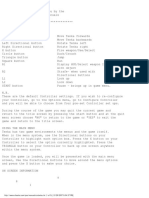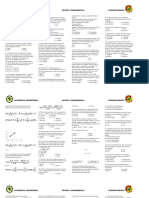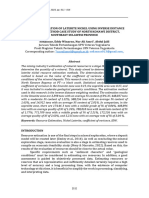0% found this document useful (0 votes)
81 views19 pagesLogistic Regression
This document provides an overview of logistic regression. It discusses:
1) The logistic sigmoid function which links the predictor variables to the probability of class membership. It ranges between 0 and 1.
2) Logistic regression has fewer parameters than naive Bayes since it does not make independence assumptions between features.
3) Maximum likelihood estimation is used to determine the logistic regression parameters by minimizing the cross-entropy error function.
4) The gradient of the error function is derived and used in a simple sequential algorithm to iteratively update the weights through gradient descent.
Uploaded by
sarah alinaCopyright
© © All Rights Reserved
We take content rights seriously. If you suspect this is your content, claim it here.
Available Formats
Download as PDF, TXT or read online on Scribd
0% found this document useful (0 votes)
81 views19 pagesLogistic Regression
This document provides an overview of logistic regression. It discusses:
1) The logistic sigmoid function which links the predictor variables to the probability of class membership. It ranges between 0 and 1.
2) Logistic regression has fewer parameters than naive Bayes since it does not make independence assumptions between features.
3) Maximum likelihood estimation is used to determine the logistic regression parameters by minimizing the cross-entropy error function.
4) The gradient of the error function is derived and used in a simple sequential algorithm to iteratively update the weights through gradient descent.
Uploaded by
sarah alinaCopyright
© © All Rights Reserved
We take content rights seriously. If you suspect this is your content, claim it here.
Available Formats
Download as PDF, TXT or read online on Scribd
/ 19






























